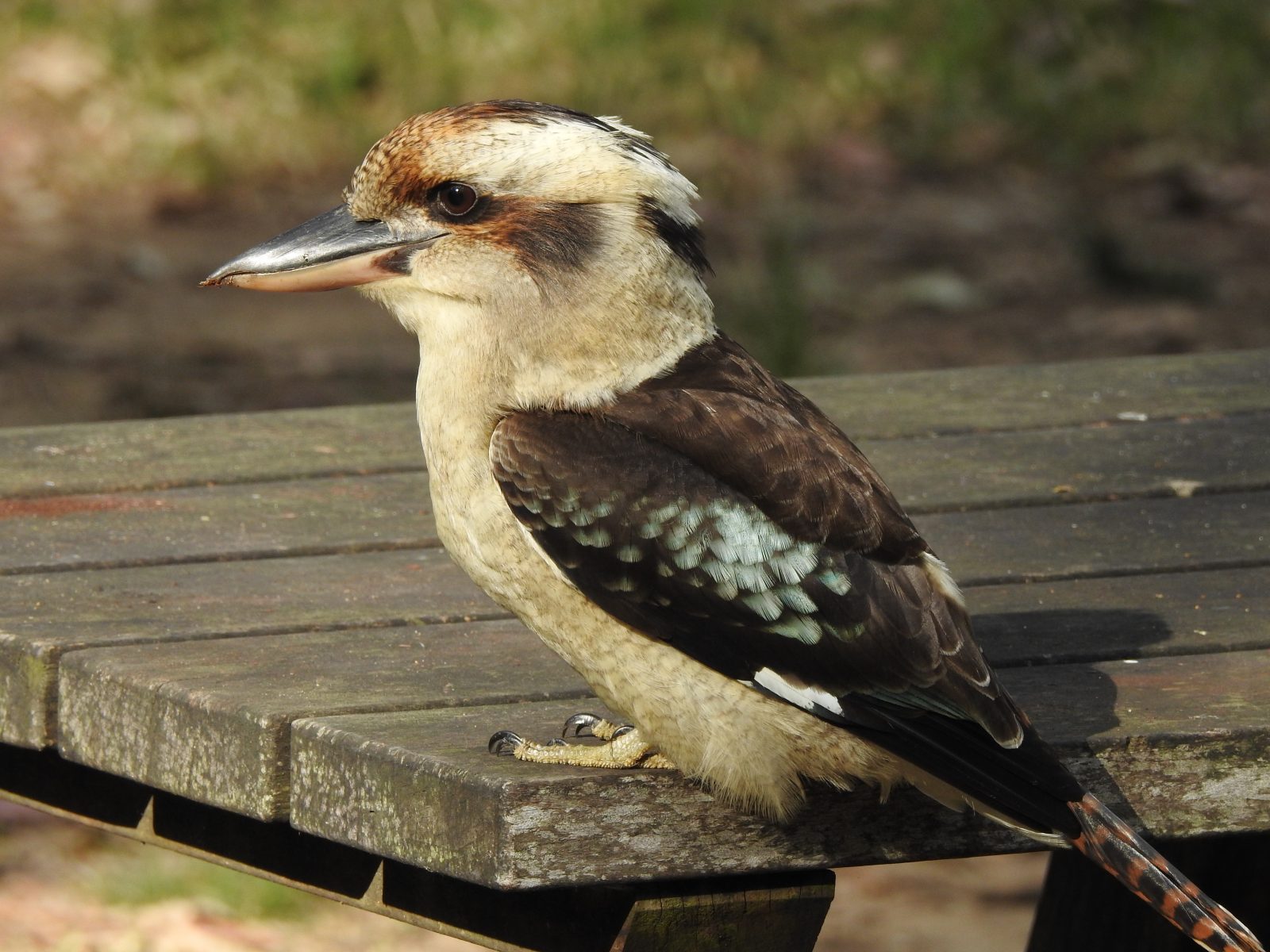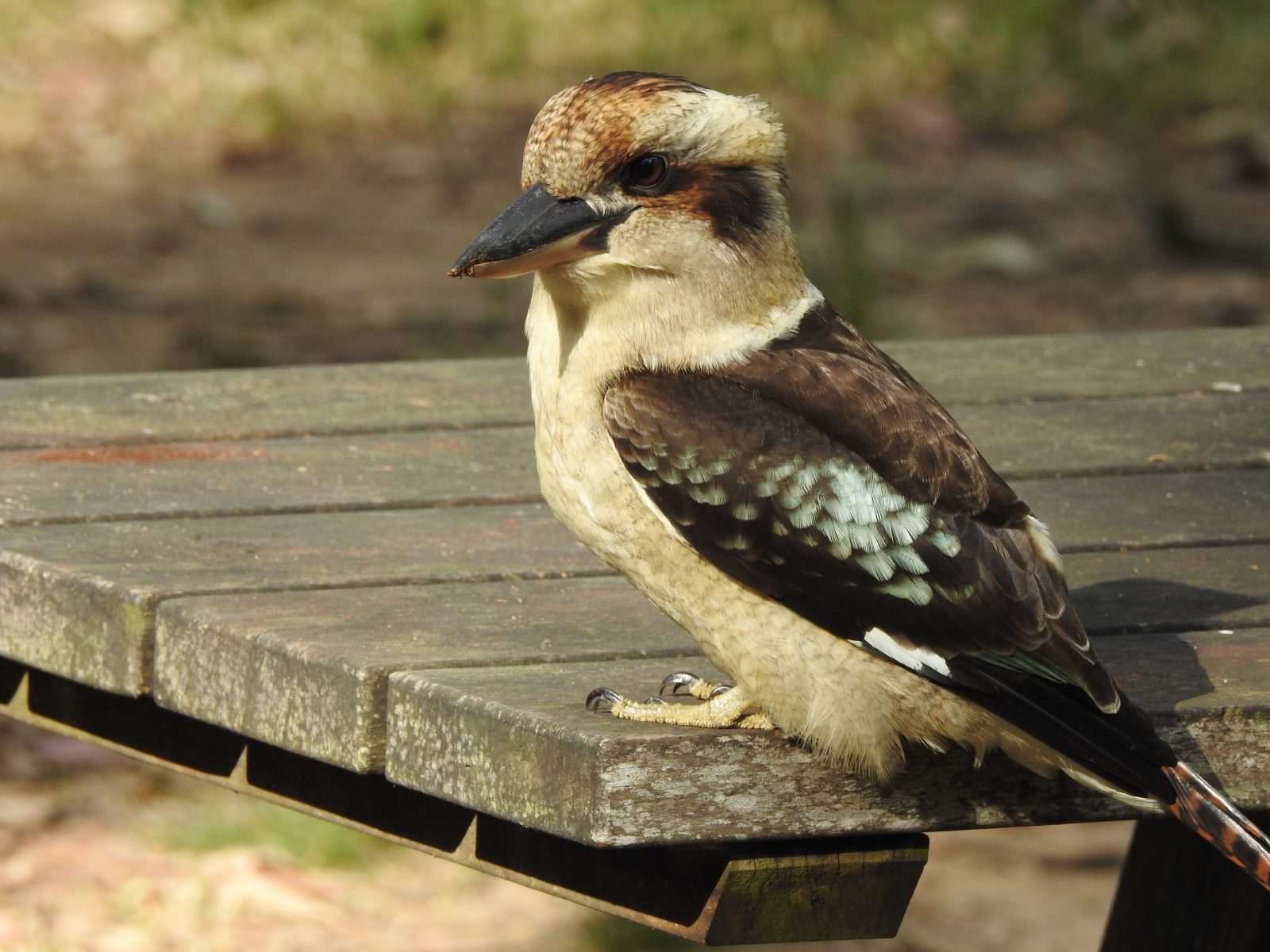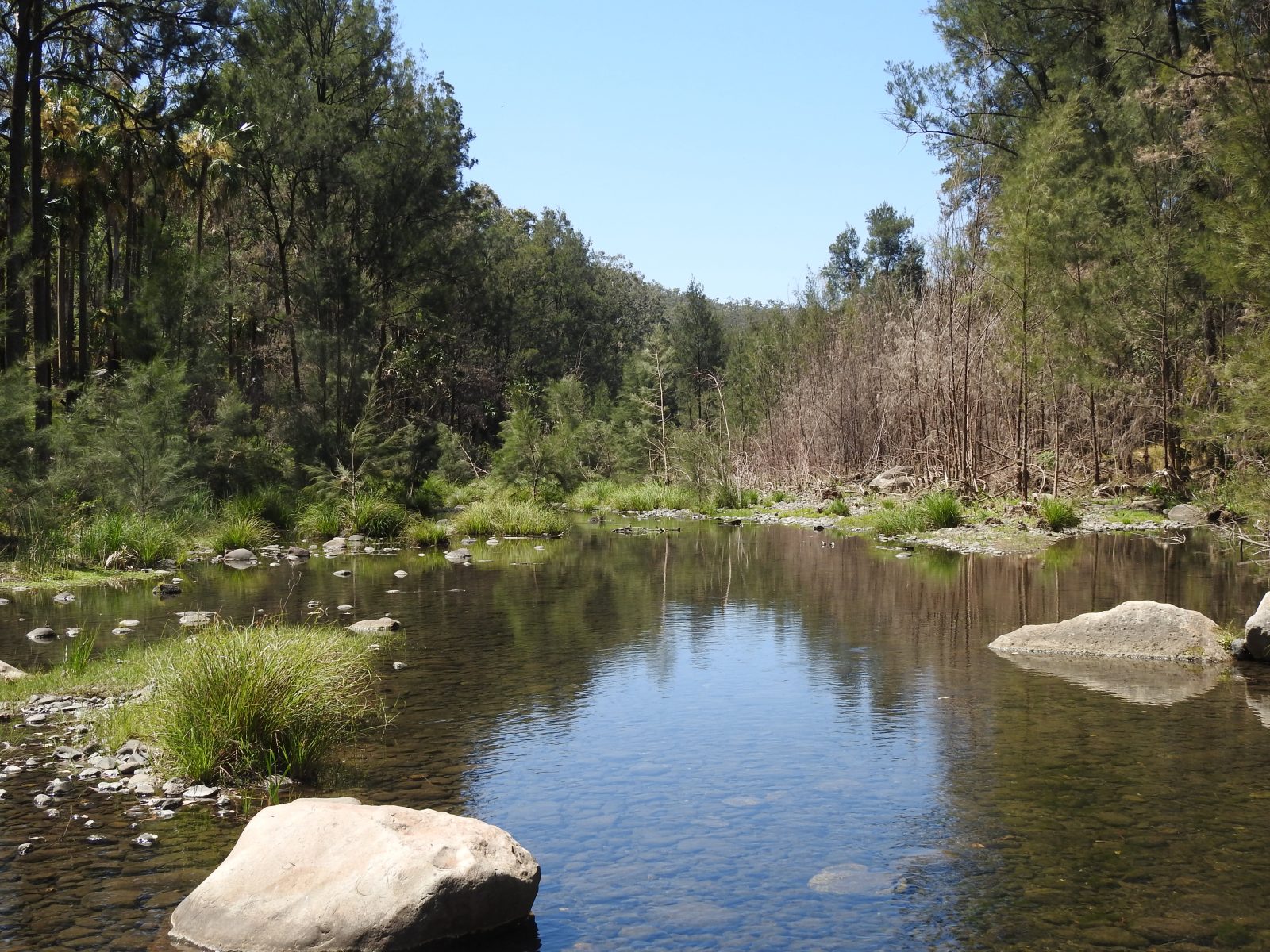A wonderful sound in the morning

I love that wonderful feeling, first thing in the morning, when one wakes up after a good night’s sleep. That feeling of contentment on being totally rested. That feeling of cosiness in a warm bed on a frosty morning. That feeling of wanting to stay wrapped up in a comfortable envelope of blankets and quilt.
I had those feelings yesterday morning. Right about when the light of dawn was creeping into my room. My brain was still in neutral. I wasn’t yet fully awake, nor fully asleep.
Then all this suddenly changed.
From one of the street trees came the unmistakable call of two Laughing Kookaburras. This is the sound that is so delightful that I love hearing it. I rarely get to hear it at home in Murray Bridge, South Australia. But here, staying in Sydney with my son and his family, it is so commonplace that many locals probably are not even aware of it.
The joyous laughing call of the Kookaburra is completely iconic in the Australian bush. It is also readily heard in many urban environments as well. It is unmistakable; most people would easily recognise this call. There is nothing else like it. It certainly made my day yesterday.
Laughing Kookaburras only occasionally visit my garden. In fact, I have only recorded this species once in the last twelve years despite being present in many nearby locations. On the other hand, I have many other species of birds in my garden and many of them go a long way to filling the gap left by absent kookaburras.
I love hearing the carolling of the Australian Magpies which are a resident species in my garden. The delightful song of the Willie Wagtail is also an everyday occurrence – and sometimes at night when there is a bright moon shining. The various species of honeyeaters also join in the dawn chorus, and the endearing mewing of the White-browed Babblers is a joy too as they hop around outside my bedroom window seeking their breakfast.
When I am home there is only one bird sound I do not like to hear. For a few days some years ago a Little Raven came to my bedroom window around dawn and tapped loudly on the glass with its large beak. It was responding to the perceived threat from its reflection in the glass. It was very annoying.
Further reading:
Little Ravens feeding their young
Little Ravens caught thieving
A cheeky raven at Monarto Zoo
A short visit to Lane Cove National Park





